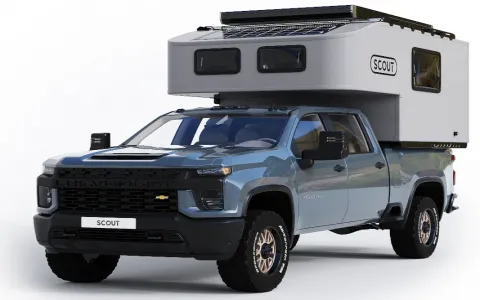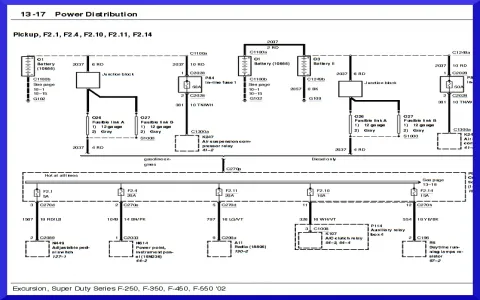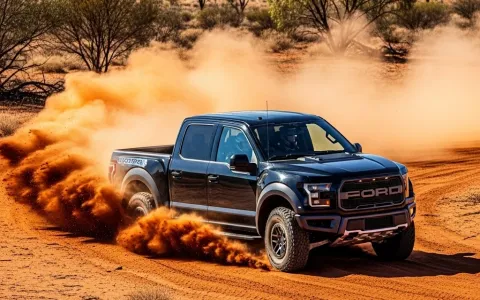Fifth generation Ford F-Series

ManufacturerFord Motor Company
Also calledMercury M-Series
Production1967–1972
1971-1992 (Brazil)
AssemblyValencia, Carabobo, Venezuela
Cuautitlan, Mexico
Dearborn, Michigan, USA
Edison, New Jersey, USA
Kansas City, Missouri, USA
Long Beach, California, USA
Norfolk Assembly (Norfolk, Virginia, USA)
St. Paul, Minnesota, USA
St. Louis, Missouri, USA
General Pacheco, Argentina
São Paulo, Brazil
Hapeville, Georgia, USA
Louisville, Kentucky, USA
San Jose, California, USA
Wayne, Michigan, USA
Oakville, Ontario, Canada
Broadmeadows, Australia
PredecessorFord F-Series fourth generation (1961-1966)
SuccessorFord F-Series sixth generation (1973-1979)
ClassFull-size pickup truck
Body style2-door pickup
4-door pickup
LayoutFront engine, rear-wheel drive / four-wheel drive
Engine240 CID (3.9 L) I6
300 CID (4.9 L) I6
352 CID (5.8 L) FE V8
360 CID (5.9 L) FE V8
390 CID (6.4 L) FE V8
302 CID (4.9 L) Windsor V8
Wheelbase100: 131.0 in (3,327 mm) (long bed)[1]
250: 131.0 in (3,327 mm)[2][3]
350: 135.0 in (3,429 mm)(short)[3]159.0 in (4,039 mm)(long)[3]
![]()
1971 F-250 Camper Special
![]()
Mercury M-Series (Canada)
Another redesign came in 1967 along with a familiar name: the upscale Ranger trim line in addition to the base and Custom Cab trim levels. In 1968, federal regulations required all automotive manufacturers to add side marker reflectors or lights, so Ford redesigned the hood emblems to incorporate reflectors.[4][5] The same year the trucks received larger versions of Ford's FE engine family with the introduction of the 360 and 390 cubic inch engines. Also changed for 1968 were the heater controls, arm rests, interior door handles and window cranks, and the upper trim moulding on models so equipped. Rear side marker reflectors were also added to the lower bed side panels in 1968, per government regulations. The 302 V8 became an option in late '69. The top trim for 1970 was now named Ranger XLT with Ranger, Sport Custom and Custom rounding off the rest of the line. The fifth generation bodies were noted for durability and simplicity of design making them a favorite for restoration.
Some trucks came with an outer flush mounted bed side compartment/tool box on the passenger side only. Trucks from the Fifth Generation can be identified as to year model by their year specific grille arrangements.
After the 1968 models, Ford discontinued the "Low GVWR" versions. Still available was the Camper Special option, along with the new Explorer Special (a limited edition trim and option package), Contractor's Special(including a behind the seat toolbox and 3/4 ton (F-250) suspension), Farm and Ranch Special, and Heavy-Duty Special. Most of these "specials" from 1967 to 1972 were made in relatively low numbers and are now becoming increasingly difficult to locate.[citation needed]Voltmeters and oil pressure gauges were optional.[6]
The fifth-generation F-Series was introduced in Brazil in 1971, which remained in production until circa 1992[7] with a slight redesign and changes in its motorizations. It was the last Ford truck manufactured in the Ipiranga plant, that was soon closed. At the end of the 1972 F100 production a low number of trucks made had the 1973 body.[citation needed]
Models:
- F-100: 1/2 ton (5,600 GVWR max)
- F-150: 1/2 ton (4×4)(5,600 GVWR max)
- F-250: 3/4 ton (6,500 GVWR max)
- F-250: 3/4 ton (4×4)(6,800 GVWR max)
- F-350: 1 ton (7,800 GVWR max)
- F-350: 1 ton (4×4)(8,000 GVWR max)
Engines:
EngineYearsPower
240 CID I61967–72150 hp (110 kW)
300 CID I61967–72170 hp (130 kW)
352 CID FE V81967208 hp (155 kW)
360 CID FE V81968–72215 hp (160 kW)
390 CID FE V81967–72255 hp (190 kW)
302 CID Windsor V81969–72205 hp (153 kW)










![What Ford F150 is Best for Towing ? [Full Guide]](/sites/default/files/styles/frontpage_stories/public/2025-04/f250-camping.webp?itok=6Ah370zB)
